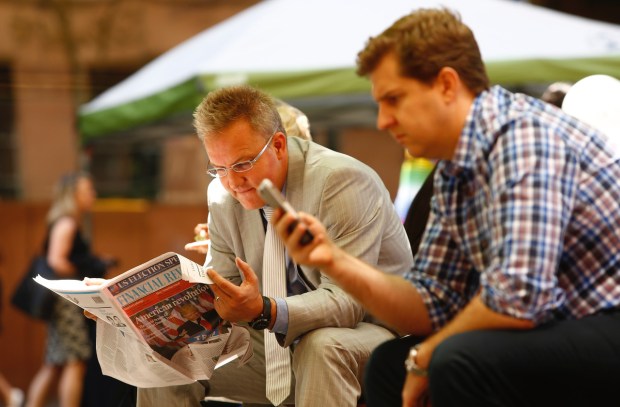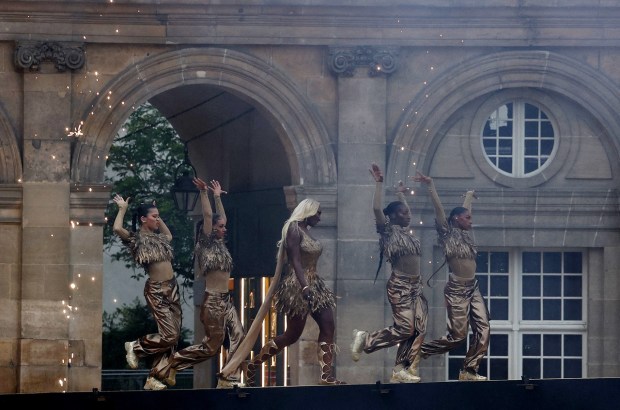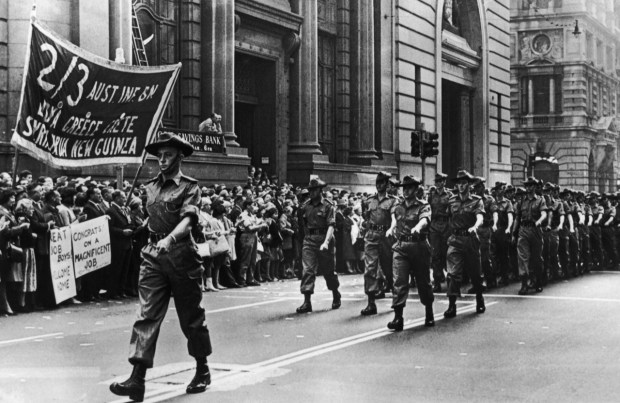A friend told me recently how she and her husband had begun moving into their new home. They signed the contract for the off-the-plan premises in June 2021, more than three years ago. When they signed the contract, the construction was scheduled to be completed in August 2022. Now, almost two years after they expected, they are finally moving. The initial delay was Covid-related, with the delivery of building materials – especially roofing trusses – in short supply. For the last year, the delay has been driven by a shortage of workers. Instead of a team of six to eight tradesmen working on the project regularly, there have only been a few workers, often only for a day or two a week. Their experience is not uncommon. Other builders have related a similar story of the endemic shortage of tradies in the residential construction sector. Many ask, ‘how can this be the case?’ Some 3,000 builders have gone to the wall in the past couple of years. Surely, there cannot be a shortage of tradespeople in these circumstances!
The residential sector and even parts of the commercial building sector are being starved of workers by major state government projects, such as the North East Link and Suburban Rail Loop in Victoria. Not only are skilled tradespeople attracted to the projects but also many unskilled workers. Even getting electricity connected to a new property can take months with the wholesale power companies also facing labour shortages.
The CFMEU model has resulted in a major distortion of the construction industry economy. While average wage increases of about five per cent a year have been common in the industry, it is the additional costs that have driven up prices and resulted in labour shortages. These are all the so-called attendant jobs that are mostly unnecessary, such as the plethora of people holding stop-and-go signs all over major projects, even commercial apartment works. These workers – who are often paid exorbitant wages – add to the cost of major projects. Unskilled workers are paid almost as much as some skilled tradespersons who have spent four years doing an apprenticeship while receiving relatively low wages. A carpenter can earn more working as a labourer on a major project than on residential buildings. The CFMEU forces these jobs on the major construction companies to sell its union membership. Yet there has been no increase in productivity. In Queensland – reputedly the worst state for these arrangements – unions can call two-hour meetings every day, in addition to ‘toolbox talks’. About the only productivity increase in recent years in Victoria – having crane operators do other work when it rained – was met with fierce resistance from the workforce.
The Queensland Master Builders Association has estimated that CFMEU practices have added as much as an additional 33 per cent to the costs of apartments in that state.
State Labor governments have been aware of these arrangements for years. With CFMEU money flowing into Labor party coffers, they have ignored the major distortions to the market and ensured that laws and regulations allowed these practices.
The suggestion that the Commonwealth and state governments will meet their new housing targets are fanciful. The labour shortages in the residential building industry, combined with the continuing high levels of immigration expose the targets as a mirage. Rental prices are through the roof. Even when people can afford the costs, there is a huge demand for properties. A friend in another capital city related his recent experience of more than 50 people lining up to inspect an apartment for lease.
Labour shortages are just a part of the problem facing small to medium-sized businesses. There are all the known cost increases: payroll taxes, land tax, gas and electricity charges, workcover and insurance premiums. Then there is a myriad of hidden costs. I recently had a coffee with two successful business proprietors who told me that the challenges of running a business are greater today than at any time for decades. Each of them has built a successful family business, one in the broad hospitality trade, the other in specialist retail. Each are looking to the next generation to continue their enterprises.
Battling labour shortages and increasing taxes and charges, they are also facing a battery of increased costs. These include currency devaluation, increased manufacturing costs, shipping surcharges and delays, rising international transport costs, and almost a doubling in local transport costs. This is in addition to poor service from a variety of infrastructure providers, low productivity and competition from web sales. ‘Why would anyone start a business today?’ is a common theme from even successful operators. The head of a major building and development company was reported in the Melbourne media last weekend as saying that burgeoning wages had not been accompanied by any productivity increases.
The consequences flow beyond the ability to find suitable housing. The birth rate has been in free fall in the last year. ‘Birth rates provide insight into long-term population growth as well as the current confidence of Australian families,’ observed KPMG Urban Economist Terry Rawnsley recently. ‘We haven’t seen such a sharp drop in births in Australia since the period of economic stagflation in the 1970s, which coincided with the initial widespread adoption of the contraceptive pill.’
The drop in births is more pronounced in the capital cities, with Sydney births dropping to 60,860 down 8.6 per cent from 2019. Melbourne, with 56,270 births, is down 7.3 per cent. Perth, with 25,020 births, is down 6.0 per cent; and Brisbane, with 30,250 births, is down 4.3 per cent. Canberra was the only capital city to see no drop in births since 2019, holding steady at 5,530 in both 2019 and 2023.
The nation’s birth rate is now well below replacement level. There is little chance of it rising again in coming years, and a real concern that it will fall even more. As international experience indicates, once the rate falls to about 1.4 births per woman, it has proven extremely difficult to increase it again. The impact of a low birth rate, including on economic growth, is profound.
Two decades ago, Peter Costello as treasurer, recognised the problem, establishing the baby bonus and encouraging child-bearing. Recent governments seem oblivious to the long-term consequences of these developments.
Got something to add? Join the discussion and comment below.
You might disagree with half of it, but you’ll enjoy reading all of it. Try your first month for free, then just $2 a week for the remainder of your first year.













